The Yashica Mat is a consumer-grade medium-format TLR from the early 1980's. It's compact and light - good for travel - and I have taken it on trips a number of times. This this time I wish I had brought a different camera, though. First, it was always a fairly inexpensive camera so the lens is not the greatest one out there. It's prone to flare and distortion, so you'll want to avoid any direct light sources, having anything important near a corner of the image, or open the aperture beyond f/6.7 or so.
Kansai Airport departure hall. A large, airy atrium, like a huge greenhouse. I used Ilford HP5+ at iso 800 for this trip. This film, at this speed, gives a pleasing contrast without getting too grainy. As I need to stop down this lens quite a bit the speed helps a lot, and the relatively low resolution of this film is no problem since the lens isn't very high resolution either. Anyway, with this film and camera I get 20mp or so, more than enough for me.
Charles de Gaulle departure hall. Illustrates the design difference to Kansai airport quite nicely. CdG is all curvy tunnels, like an enormous digestive system ingesting passengers in one end and emitting airplanes out the other after extracting as much money as possible along the way. It's cool but I like Kansai better.
Also, the build quality of the Mat is not the greatest. One reason the camera is so light is because parts of the mechanism is made of plastic rather than metal. The film advance started to lock up intermittently last winter, and it's getting more frequent. During the Paris trip, it locked up about once every other roll. So far it's always unjammed when I jiggle and rattle the crank, then fire the shutter with the lens covered, but sooner or later it is going to seize up permanently. The frame spacing on the roll is also getting more and more erratic, with some frames almost bumping into each other. It seems the entire film winder mechanism is starting to wear out, and rebuilding it will probably be more expensive than the camera is worth.
This time I also wish I had brought a real tripod on the trip; I've lost several potential low-light images simply due to camera shake. Perhaps I should have brought the Pentax 67. Sure, it's a pain to carry in a backpack all day, but the chance of photographing in the museum would have been worth it alone. Ideally I should have some camera with the image quality of the Pentax, but fixed lens and easy to bring on trips.
This may sound like I'm trying to excuse a future camera purchase, and you may well be completely correct. I'm idly evaluating possible cameras right now, and may get a replacement travel camera next year or so.
Quartier Latin. Fuji PN400N color film. And yes, the film does make a difference. The color rendering, the grain, the amount of detail you capture all change quite a lot with the film you use. PN400 is comparatively expensive, but really - I only shoot enough film in a month to pay for a lunch and a beer at the most. I'd rather get better images than save a couple hundred yen on film.
The second camera is my Xperia X10. It's an Android smartphone by Sony Ericsson, and noted for having a not-horrible camera; that's one of the reasons I chose it. It's nominally 8mp, but as with any camera this size you can pretty much ignore the stated resolution. Just treat is as having around 2mp - you're not recording any more detail than that. The dynamic range is pretty low so you'll tend to have parts blown out or blocked up. Unfortunately the noise reduction is too heavy-handed and not adjustable, so everything takes on a too-smooth plastic appearance. Images from this camera actually improve when you add a bit of noise afterwards. If there's any one thing I wish for it's being able to set the level of noise removal myself.
But the images really are useful. For this kind of blog posts they're sufficient, if not exactly great. Small prints will look decent. In low light or scaled up the images start falling apart but that's asking a lot of such a tiny camera unit. I don't expect it to perform as well as a dedicated camera, and it does well enough in many cases.
Lunch at the Clos Luce. You can see how all detail is sort of smeared out, giving it a watercolor appearance. If S-E would only allow us to reduce the amount of noise removal this image could improve a lot. But it still looks much better than my earlier cellphone camera, and I would say it's close enough to be usable for a blog like this.
Manga cafe in Paris. When it gets dark, image quality suffers of course. But if my aim was simply to show that yes, there are manga cafes in Paris, then this shot would be more than enough.
The Canon Demi is a half-frame 35mm film camera. "Half-frame" means it records two vertical half-sized images in the same area normally used for one horizontal 35mm film frame. These cameras were popular in the 1960's and 70's, when color film became wide-spread. It was expensive to buy and develop color film at the time, so cramming two images in place of one was a way to economize. They may have been born from a sense of thrift, but some of them are still high quality cameras. The Olympus Pen F, for instance, had a lens mount instead of a fixed lens, and there were a number of high-quality lenses available for it. That one is still fairly popular, and used bodies and lenses can sell for quite respectable amounts of money.
We've been sort of led to believe that digital is leaps and bounds ahead of film, and in many ways it is true. Higher-end digital cameras sport high resolution, high-quality lenses and low-light sensitivity beyond anything normal film is capable of. But of course those are fairly big, expensive cameras, and most people use small compacts with tiny sensors and much less performance. The Canon Demi - a compact camera with a small film format - is better compared to them rather than a DSLR. And it does quite well in comparison. It's automatic, so it meters and sets shutter speed. You only need to control focus - it's scale focusing so you just guess the distance - and optionally the aperture. The meter is pretty accurate and the lens is decent, so the results are surprisingly good.
Lunchtime for the conference at the restaurant in the park of Clos Luce. Pretty good. It's film so there's plenty of dynamic range - I've increased contrast quite a bit from the original scan. Here's a larger version, and here's the size as scanned. There's a fair amount of detail in the image, and while it doesn't come anywhere near a serious camera it does about as well as a budget digital camera.
So, for travel I'd avoid the phone. It's really convenient for snapshots and it's always with me, but it's not acceptable as a single camera. It is a phone, not a camera, and it's just doesn't handle like a real one. You spend too much of your time staring at the screen controls rather than at your subject. The Yashica and the Canon are designed to be cameras from the ground up, with physical controls rather than menu items, laid out so they're easy to use without taking your eyes off the scene. The resulting image quality of the Canon Demi is also clearly better than the phone.
The Demi is fun, and it could work for travel if you're fine with lower-resolution, gritty street-life style images. You get 72 shots per roll, so you can snap away with abandon - treat it like a digital camera, really - without worrying about cost. But the lack of manual controls means you can't really use it at night, and the low resolution can make scenic images a bit disappointing.
Image quality-wise, the Yashica wins hands down. It's very pleasant to use; the controls are well laid out and I love the top-down view of the waist-level finder. It is a bit slow though, as you need to measure the light, set the shutter and aperture, use the loupe to focus, then frame the shot. It's the opposite of the Demi (or the Rollei 35) - great for contemplative shots, but too slow for fast-moving events. Still, it's the travel camera of choice for me.

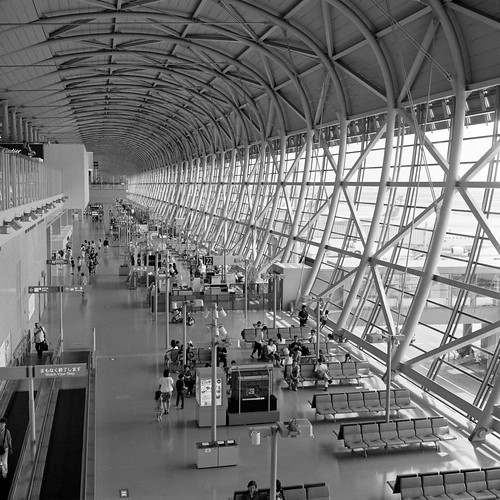
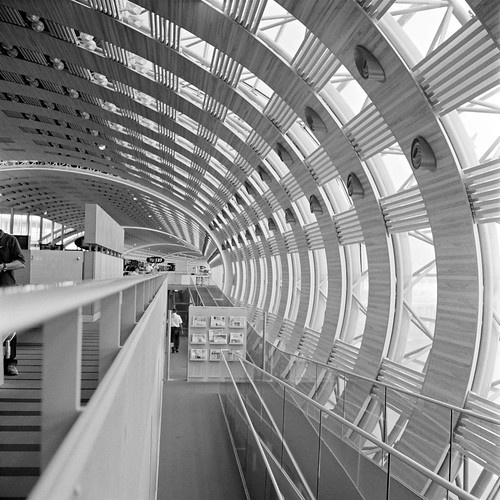
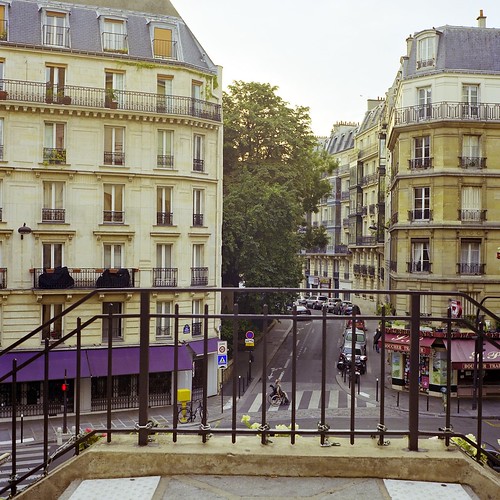
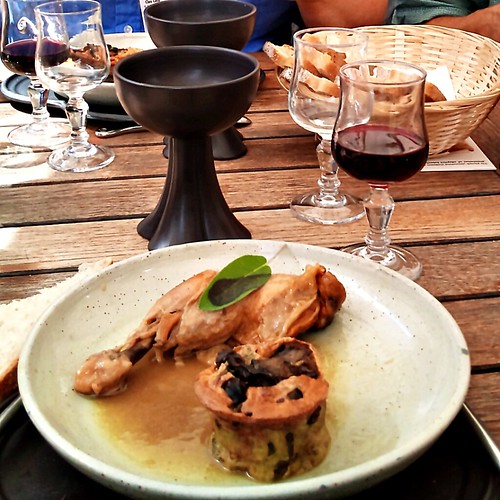
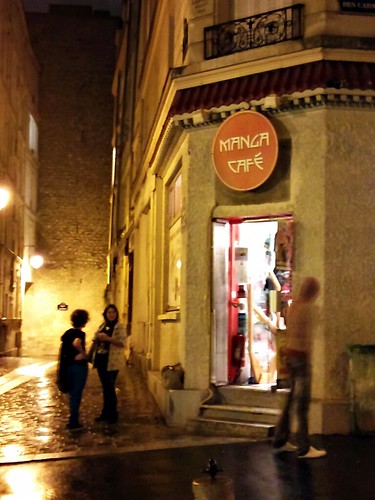
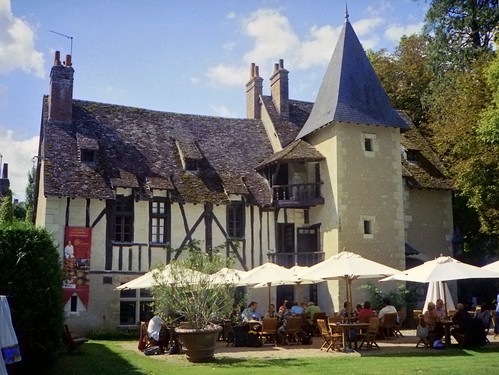
Do have a look at the Mamiya C330 as a replacement for the Yashica!
ReplyDeleteI know its a little big and pretty heavy, but its damn solid, pictures great, interchangeable lenses (yeah on a tlr! ) I have the standard 2.8, the lens seems to be pretty awesome full open.
They also don't go for too much. Alot cheaper than a rollei 2.8
http://www.flickr.com/photos/stefankozma/sets/72157623732343462/
Some shots there. The indoor shot, Im pretty sure was taken wide open at 2.8
The C330 is by all accounts a good camera. But it's not an option - I have the Pentax 67 already, and with the 90mm lens and WLF it actually weighs less than the C330. It is also bulky enough that it's no longer really doable to stuff it in a shoulder bag along with my other things, but needs a bag of its own.
ReplyDelete